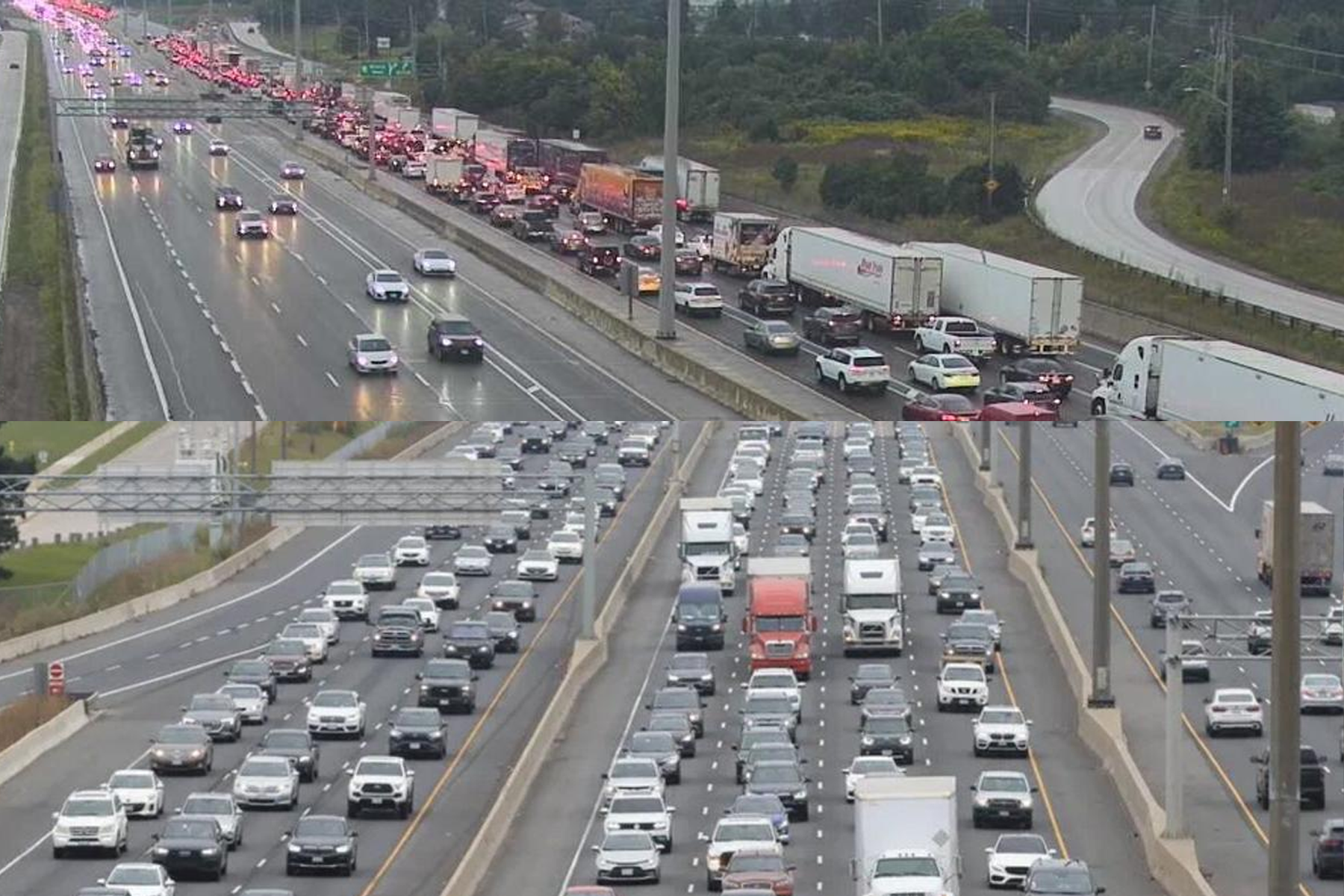The provincial Newsroom has floated Premier Doug Ford’s intention to introduce legislation to prevent cities and municipalities from operating automated speed enforcement (ASE) cameras beginning in October amidst commuting and economic concerns.
This discussion follows statements from Ford on the supposed cash grab nature of existing cameras. The province plans to replace cameras with other road calming measures such as “speed bumps, speed cushions, raised crosswalks, curb extensions and roundabouts.”
Municipal speed cameras were first legalized in 2019 under Ford’s premiership with the safety-zone speed camera program. Originally aimed at supporting road safety, the province has since deemed the program problematic as according to Ford, “too many municipalities are using speed cameras as a cash grab.”
Around 700 municipal speed cameras have been installed across the province since 2019.
Recently speed cameras gained public outrage in the City of Vaughan, after drivers accumulated more than 30,000 tickets three weeks after the city launched its speed camera program in April of this year as reported by CBC.
The tickets made up a significant portion of Vaughan’s population, sitting at around 323,103 as of the last census in 2021. Given citizen complaints, Vaughan paused the program in June and voted to scrap it on Sept. 16.
Additional reports found that a single speed camera gave out 7 million dollars in fines, which pushed the province towards banning this traffic calming measure. Transportation Minister Prabmeet Sarkaria has echoed the premier’s general sentiments that “speed cameras have become nothing more than a tool for raising revenue.” This sentiment is reflected in the name of the proposed motion “Ontario Protecting Taxpayers by Banning Municipal Speed Cameras.”
Ford’s claim may be substantiated by the fact that speeding tickets may be issued for any speed exceeding the limit by as little as one kilometer per hour, though the threshold set by individual municipalities is not public knowledge.
Several municipalities have voiced disappointment in the announcement by the Ford government with Mississauga Mayor Carolyn Parish stating that she “hopes there will be exceptions,” citing concerns in school zones.
The President of the Association of Municipalities Ontario states that research shows that speed cameras reduce road fatalities, citing a study recently conducted by Sick Kids in partnership with Toronto Metropolitan University (TMU).
The study in question indicates that speed cameras “reduced the number of speeding vehicles by 45 per cent in urban school zones” and that “maximum speed travelled by 85 per cent of vehicles fell by an unexpected 10.7km/h.”
Ford’s decision to remove speed cameras follows Ontario reaching a 15 year high in deaths on the road, with annual road death numbers consecutively increasing annually for the first time in 30 years.
Commuting woes have been in the political sphere in various forms in Ontario from speed cameras to overcrowded transit systems fearing the return to office mandate, return to “the stone age” commuting placing additional strain on Canadians already tight on finances and diminishing quality of life.
Since 2016, the average time spent commuting has increased from 25.4 minutes to around 54 minutes in 2022, with an increase in negative effects to health, finances and family as reported by thinkinsure.
Traffic measures remain high on the provinces radar as more commuters are directed back to the office on straining infrastructure and increased costs in the province.

